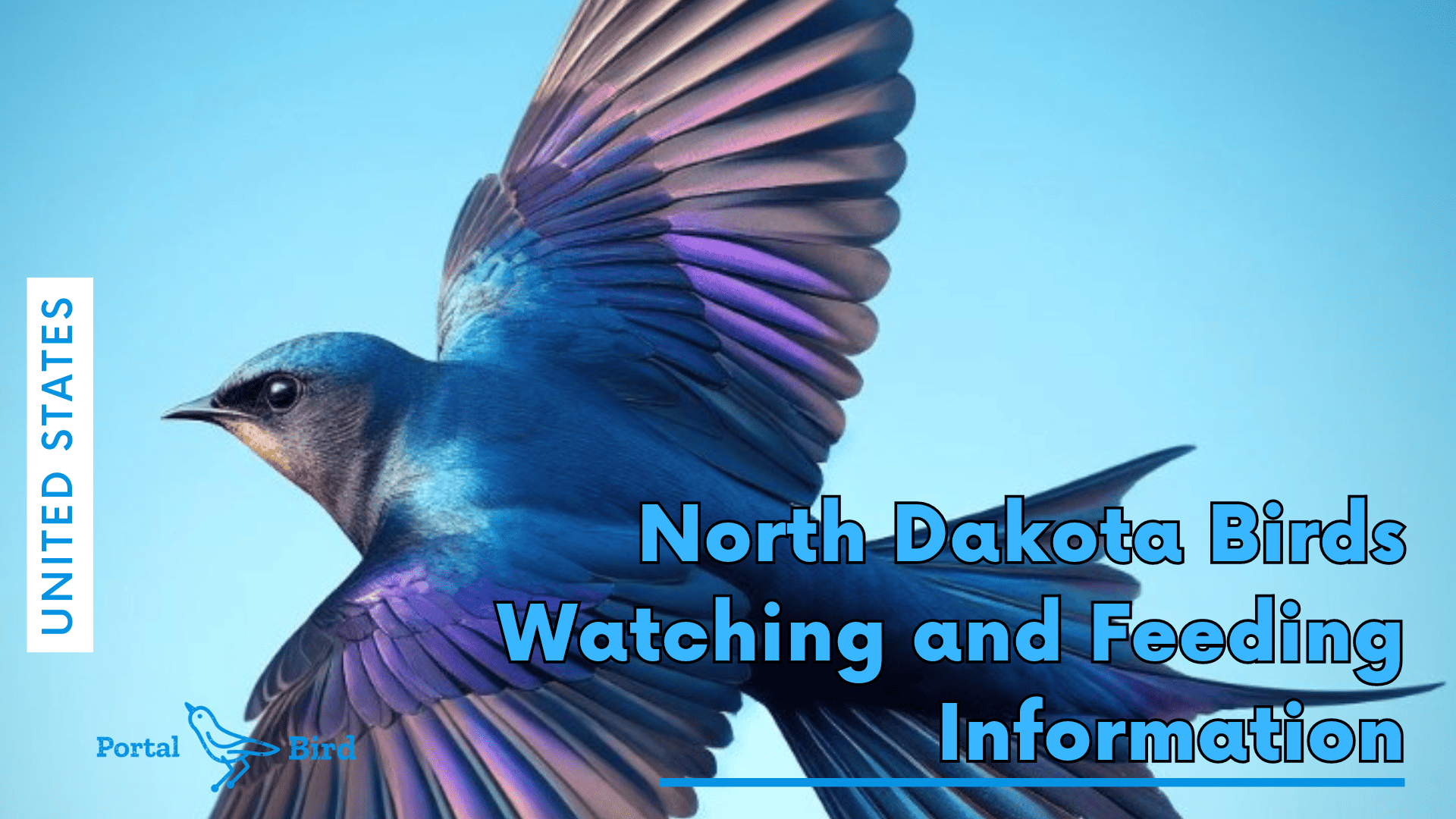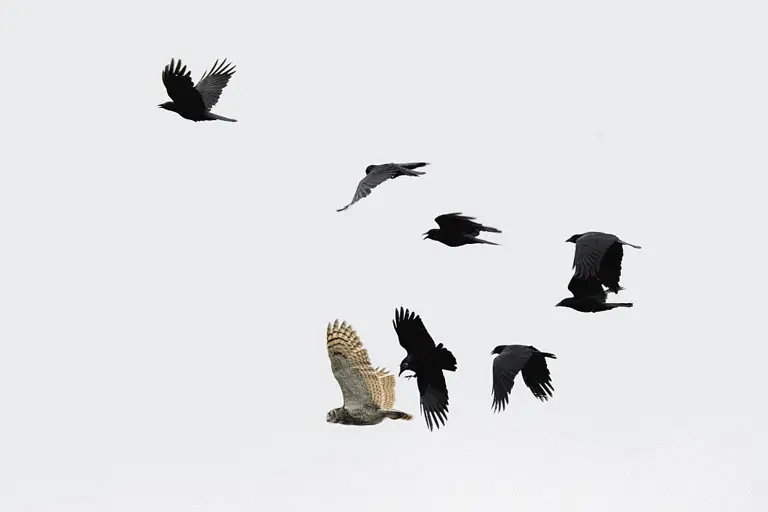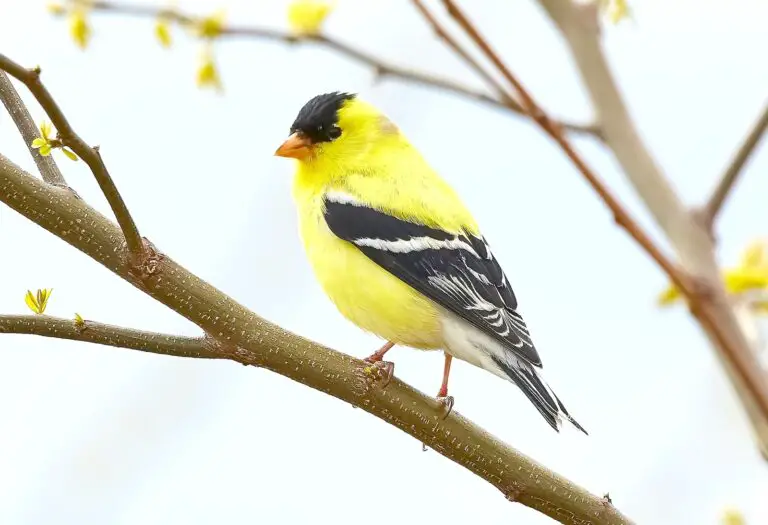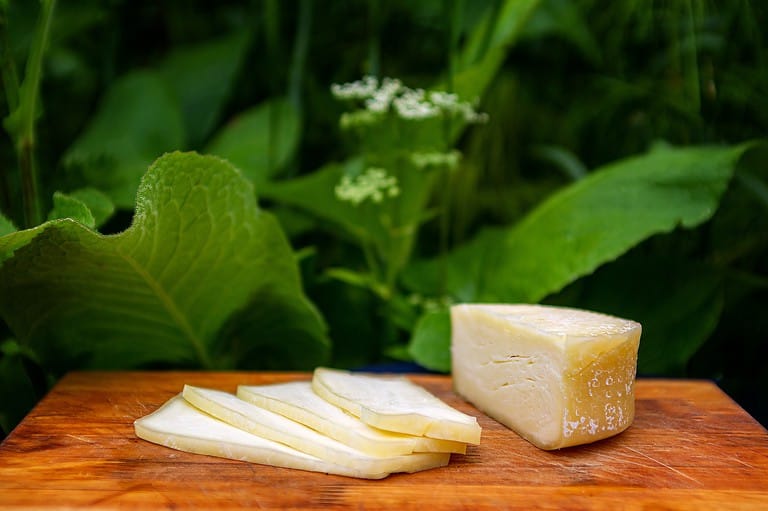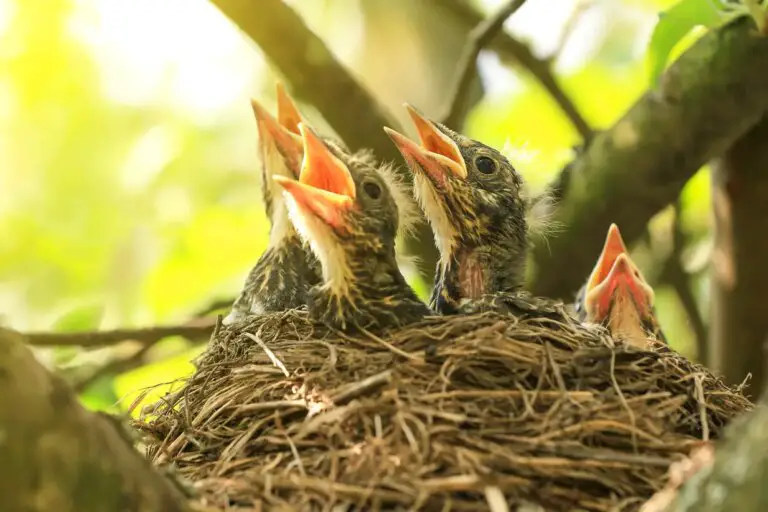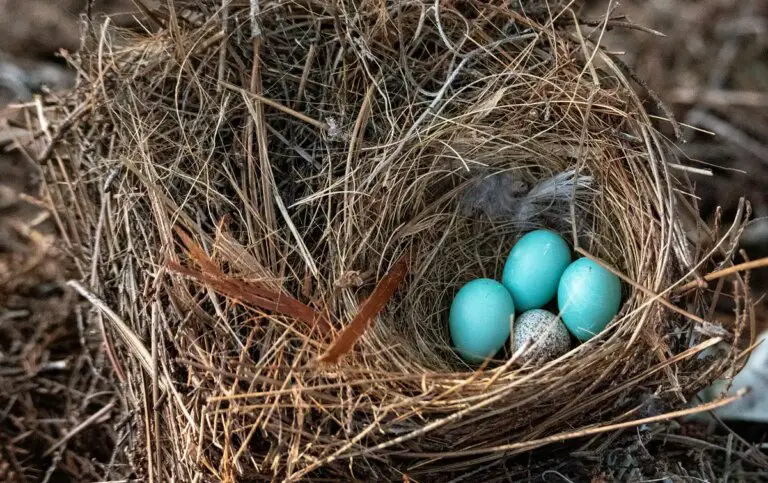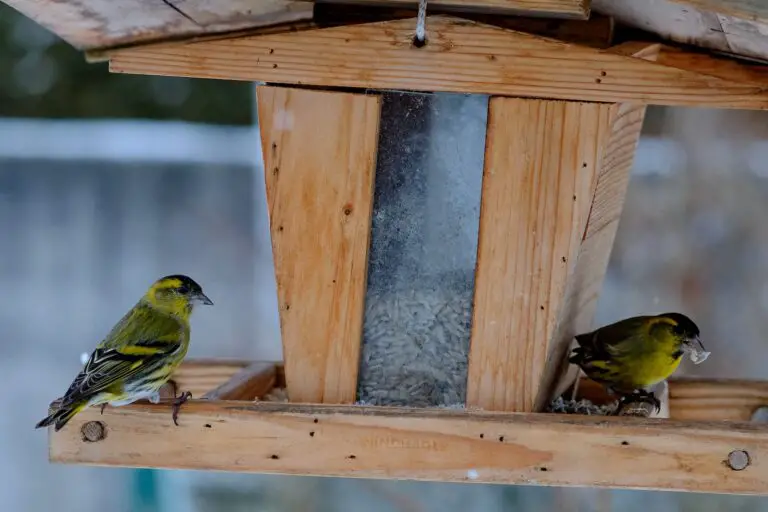North Dakota Birds – Watching and Feeding Information
North Dakota Birds is a watcher’s paradise, with over 400 species documented in the state. From vibrant woodpeckers to majestic eagles, North Dakota’s skies and landscapes burst with avian life. This article provides an overview of popular bird species, top birding locations, feeding tips, and resources for learning more about North Dakota’s feathered residents and visitors.
Bluebirds in North Dakota
Bluebird Species
Three species of bluebirds live in or migrate through North Dakota:
- Eastern Bluebird – Found in eastern North Dakota. Has a bright blue back and reddish-brown throat and breast.
- Mountain Bluebird – Most widespread bluebird in ND. Bright blue upperparts, white belly.
- Western Bluebird – Inhabits far western ND. Blue back, rust colored breast.
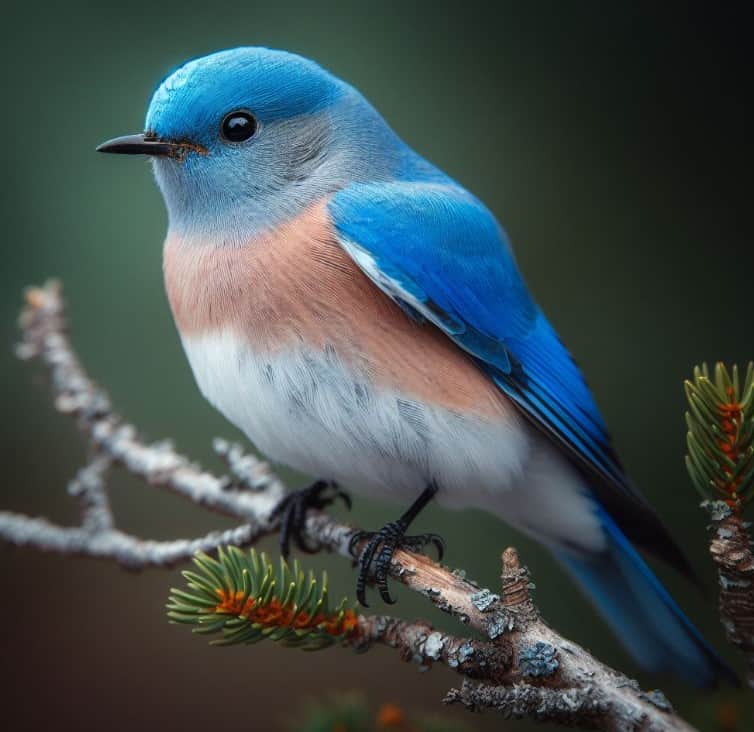
Bluebird Behavior and Habitat
Bluebirds prefer open country – fields, meadows, parks, golf courses. They perch on wires or poles to scan for insects.
Bluebirds nest in cavities – natural hollows or human-provided boxes. They may raise 1-2 broods per season.
Attracting Bluebirds
You can draw bluebirds to your yard with:
- Bluebird boxes
- Platform feeders with mealworms, their favorite food
- Suet treats
- Fruit like raisins soaked in water
Monitor nest boxes to ensure other birds don’t take over.
Hummingbirds in North Dakota
The Ruby-throated Hummingbird is the main hummingbird in North Dakota. It lives in the eastern half of the state.
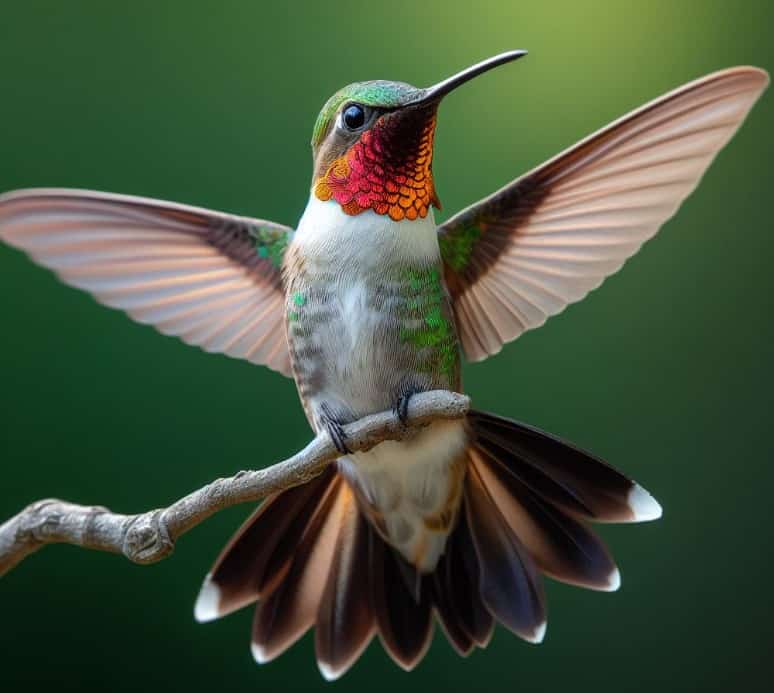
Attracting Hummingbirds
You can attract hummingbirds with:
- Nectar feeders – Use a 1:4 ratio of sugar to water
- Red tubular flowers like bee balm and cardinal flower
- Moving water like misters or fountains
Avoid pesticides as hummers feed on tiny insects too. Clean feeders regularly to prevent mold.
Purple Martins in North Dakota
Purple martins migrate through all of North Dakota but nest in the eastern half. They are the largest North American swallow.
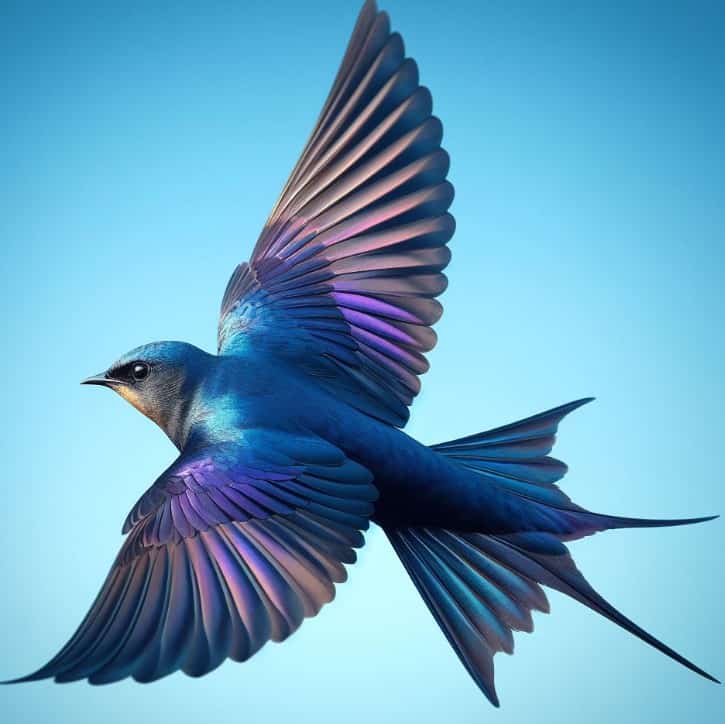
Purple Martin Facts
- Arrive in mid-April when insects emerge
- Nest in cavities, mostly human-provided houses
- Highly social and nest in colonies
- Leave in mid-July to mid-September for South America
Attracting Purple Martins
Entice purple martins to your yard with:
- Martin houses – place them 10-15 ft up, with no trees/wires nearby
- Open, insect-filled habitat near water
- Allow martins to establish colony before discouraging predators
Top North Dakota Birding Locations
From grasslands to wetlands, North Dakota offers prime habitat for bird watching. Top spots include:
National Wildlife Refuges
- Arrowwood NWR – Wetlands for waterfowl, grasslands for songbirds
- Audubon NWR – Prairie birds like Baird’s Sparrow and Sprague’s Pipit
- Crosby Wetland Management District – 300+ bird species documented
State Parks
- Fort Stevenson State Park – Wooded hills with migrating raptors
- Lake Metigoshe State Park – Wetlands, woodlands, grasslands
- Sullys Hill National Game Preserve – Forest birds, raptors, waterbirds
Additional Hotspots
- Turtle Mountains – Boreal specialties like Cape May and Bay-breasted Warblers
- Pembina Gorge – Rugged gorge with 20+ raptor species
- Des Lacs NWR – Major migratory stopover spot in spring and fall
Tips for Birding in North Dakota
To make the most of your birding adventures in North Dakota, keep these tips in mind:
- Pack binoculars – Bring high-quality binoculars to scan fields, trees, and wetlands for birds.
- Mind the seasons – Time your visit for spring or fall migration to see the most species.
- Focus your efforts – Target key habitats like wetlands for waterfowl, forests for woodpeckers.
- Be patient – Birds can’t be rushed. Move slowly and pause frequently when exploring an area.
- Use bird guides – Bring field guides and apps to help identify North Dakota’s many bird residents and migrants.
Feeding Birds in North Dakota
You can draw birds to your own backyard with these feeding tips:
Offer Suet and Seed Treats
Attract seed-loving birds like chickadees, finches, and doves with:
- Black oil sunflower seeds
- Suet cakes or plugs
- Nyjer thistle for finches
- Safflower seeds that deter squirrels
Use hopper, tube, or platform feeders to serve seeds. Hang suet feeders on trees or posts.
Supply Fruit and Nectar
Fruit and nectar appeal to orioles, tanagers, hummers, and other species:
- Orange halves, apple slices, grapes
- Mealworms – bluebird favorite!
- Nectar feeders with sugar water
- Jelly feeders for orioles
Offer Fresh Water
Birds need water for drinking and bathing:
- Birdbath with dripping water
- Misters or sprinklers
- Water garden with fountain
Change water frequently to avoid disease. Provide rocks for perching.
Learning More About North Dakota Birds
To continue expanding your knowledge of North Dakota’s birds, check out these resources:
North Dakota Birding Trail
The North Dakota Birding Trail maps top birding sites and planned routes across the state.
Dakota Prairie Audubon Society
This Audubon chapter offers monthly programs, field trips, and conservation initiatives.
North Dakota Game and Fish Department
The department provides information on birdwatching locations statewide.
Global Birding Day Events
Attend a Global Birding Day event for guided birding excursions.
With this overview of key species, birding hotspots, feeding tips, and resources, you have the information needed to fully appreciate the diverse, vibrant birds of North Dakota! Grab your binoculars and field guides to begin exploring America’s Cardinal state.

